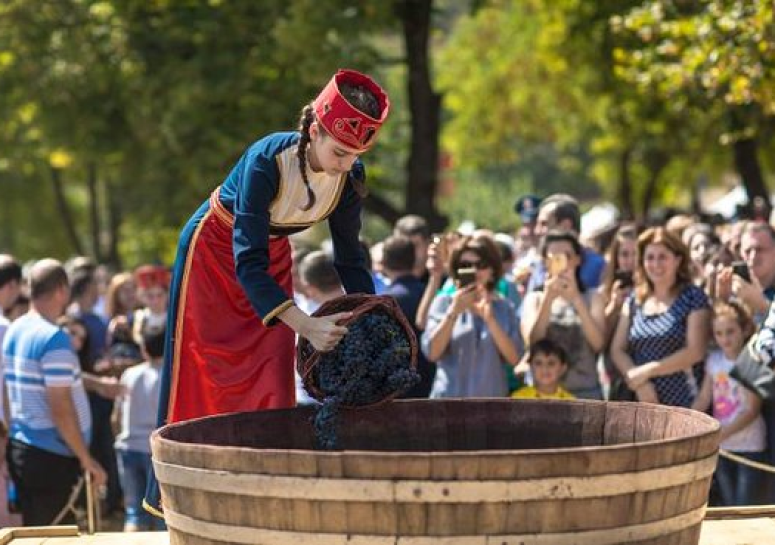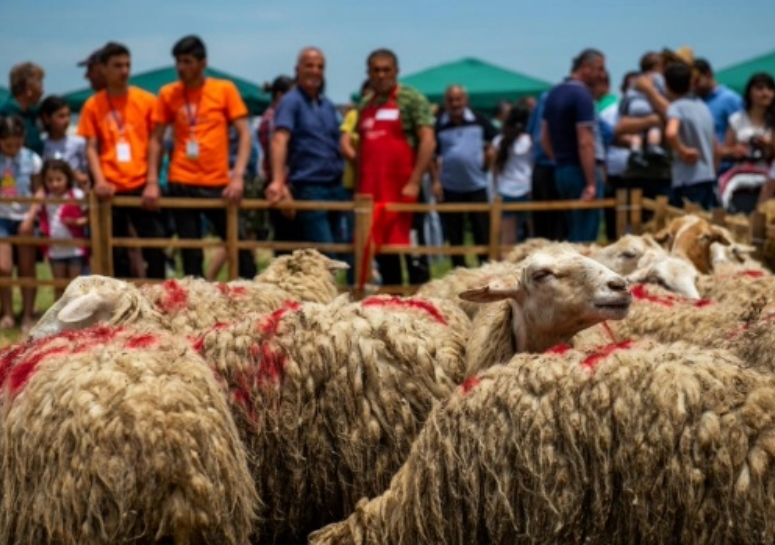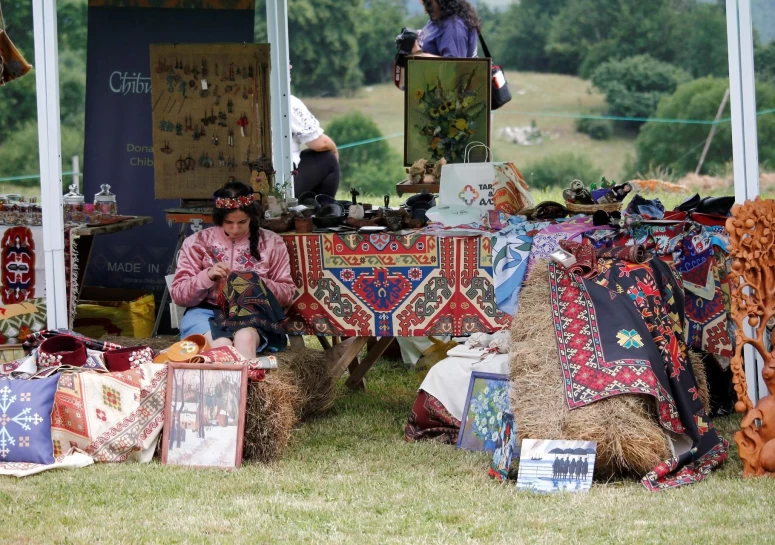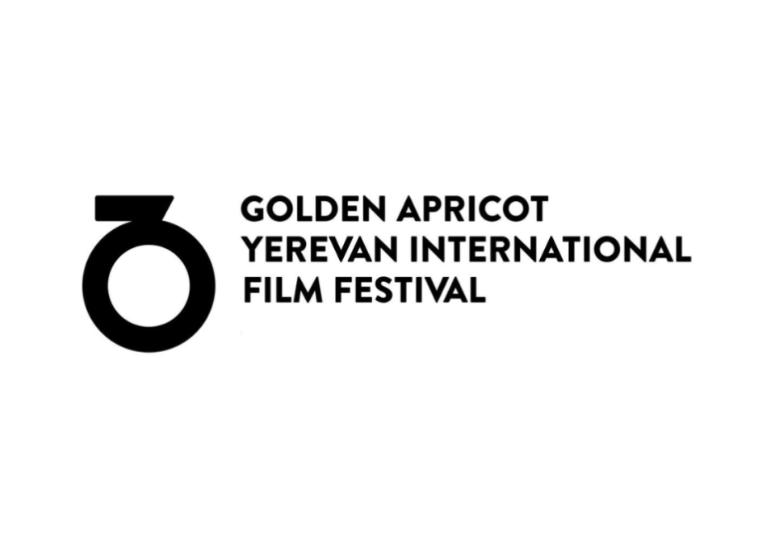Армения
State Symbols
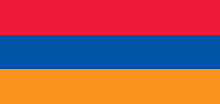
Flag

Coat of arms

Anthem
Armenia - a country of great potential and diversity, an authentic hidden world with generous nature, ancient history and rich world heritage. A country of hospitality and traditions, yet boasting a vibrant energy and modern lifestyle in its “pink” capital. The journey we plan for you in Armenia will give you the opportunity to see an extraordinary assortment of unique and authentic International World Heritage treasures concentrated in such a small country.
Our most cherished travel memories often revolve around the people we meet! With the fundamental and rare values that are not so common anymore, such as hospitality without boundaries, genuine interaction with locals and the joy of making new friends wherever you go, we will create your travel “Golden Moments” together!
Our goal is to present Armenia from a completely new angle with its full potential and diversity, spiced up with adventure and experiential travel and served on one plate.
- Uniqueness and specialty in offering innovative tour products and mixed packages for individuals, groups, as well as tailor made tours
- Constantly following world trends and travelers’ needs to give most up to date travel experience
- Focusing on authentic, experiential and adventurous travel
- Living the experience and adventure and transmitting that vibe to our customers, inspiring them to tick off their travel bucket list
Geography
Armenia is a landlocked country in the geopolitical Transcaucasus (South Caucasus) region, that is located in the Southern Caucasus Mountains and their lowlands between the Black Sea and Caspian Sea, and northeast of the Armenian Highlands. Located in Western Asia, on the Armenian Highlands, it is bordered by Turkey to the west, Georgia to the north, the Lachin corridor which is a part of Lachin District that is under the control of a Russian peacekeeping force and Azerbaijan proper to the east, and Iran and Azerbaijan's exclave of Nakhchivan to the south. Armenia lies between latitudes 38° and 42° N, and meridians 43° and 47° E. It contains two terrestrial ecoregions: Caucasus mixed forests and Eastern Anatolian montane steppe.
Topography
Armenia has a territorial area of 29,743 square kilometres (11,484 sq mi). The terrain is mostly mountainous, with fast flowing rivers, and few forests. The land rises to 4,090 metres (13,419 feet) above sea level at Mount Aragats, and no point is below 390 metres (1,280 ft) above sea level. Average elevation of the country area is tenth highest in the world and it has 85.9% mountain area, more than Switzerland or Nepal.
Mount Ararat, which was historically part of Armenia, is the highest mountain in the region at 5,137 meters (16,854 feet). Now located in Turkey, but clearly visible from Armenia, it is regarded by the Armenians as a symbol of their land. Because of this, the mountain is present on the Armenian national emblem today.
Management
Armenia is a representative parliamentary democratic republic. The Armenian constitution adhered to the model of a semi-presidential republic until April 2018.
According to the current Constitution of Armenia, the President is the head of state holding largely representational functions, while the Prime Minister is the head of government and exercises executive power.
Since 1995 Legislative power is vested in the Azgayin Zhoghov or National Assembly, which is a unicameral parliament consisting of 105 members.
The Fragile States Index since its first report in 2006 until most recent in 2019, consistently ranked Armenia better than all its neighboring countries (with one exception in 2011).
Armenia has universal suffrage above the age of eighteen.
Religion
Armenia was the first nation to adopt Christianity as a state religion, an event traditionally dated to AD 301.
The predominant religion in Armenia is Christianity. Its roots go back to the 1st century AD, when it was founded by two of Jesus' twelve apostles – Thaddaeus and Bartholomew – who preached Christianity in Armenia between AD 40–60.
Over 93% of Christians in Armenia belong to the Armenian Apostolic Church, which is in communion only with the churches comprising Oriental Orthodoxy—of which it is itself a member.
The Catholic Church maintains jurisdictions of both the Latin Church and Armenian Catholic Church in Armenia. Of note are the Mechitarists (also spelled "Mekhitarists" Armenian: Մխիթարեան), a congregation of Benedictine monks in the Armenian Catholic Church, founded in 1712 by Mekhitar of Sebaste. They are best known for their series of scholarly publications of ancient Armenian versions of otherwise lost ancient Greek texts.
The Armenian Evangelical Church has several thousand members throughout the country.
Other Christian denominations in Armenia are the Pentecostal branches of Protestant community such as the Word of Life, the Armenian Brotherhood Church, the Baptists (which are known as one of the oldest existing denominations in Armenia, and were permitted by the authorities of the Soviet Union), and Presbyterians.
Armenia is also home to a Russian community of Molokans which practice a form of Spiritual Christianity originated from the Russian Orthodox Church.
The Yazidis, who live in the western part of the country, practice Yazidism. The world's largest Yazidi temple, Quba Mêrê Dîwanê, was completed in 2019 in the village of Aknalich.
There is a Jewish community in Armenia of approximately 750 people since independence with most emigrants leaving for Israel. There are currently two synagogues in Armenia – one in the capital, Yerevan, and the other in the city of Sevan located near Lake Sevan.
Languages
Armenians have their own distinct alphabet and language, which is the only official language. The alphabet was invented c. AD 405 by Mesrop Mashtots and consists of thirty-nine letters, three of which were added during the Cilician period.
The main foreign languages that Armenians know are Russian and English. Due to its Soviet past, most of the old population can speak Russian quite well. According to a 2013 survey, 95% of Armenians said they had some knowledge of Russian (24% advanced, 59% intermediate) compared to 40% who said they knew some English (4% advanced, 16% intermediate and 20% beginner). However, more adults (50%) think that English should be taught in public secondary schools than those who prefer Russian (44%).
Climate
The climate in Armenia is markedly highland continental. Summers are hot, dry and sunny, lasting from June to mid-September. The temperature fluctuates between 22 and 36 °C (72 and 97 °F). However, the low humidity level mitigates the effect of high temperatures. Evening breezes blowing down the mountains provide a welcome refreshing and cooling effect. Springs are short, while autumns are long. Autumns are known for their vibrant and colourful foliage.
Winters are quite cold with plenty of snow, with temperatures ranging between −10 and −5 °C (14 and 23 °F). Winter sports enthusiasts enjoy skiing down the hills of Tsaghkadzor, located thirty minutes outside Yerevan. Lake Sevan, nestled up in the Armenian highlands, is the second largest lake in the world relative to its altitude, at 1,900 metres (6,234 ft) above sea level.
Time zone
UTC+4 (AMT)







